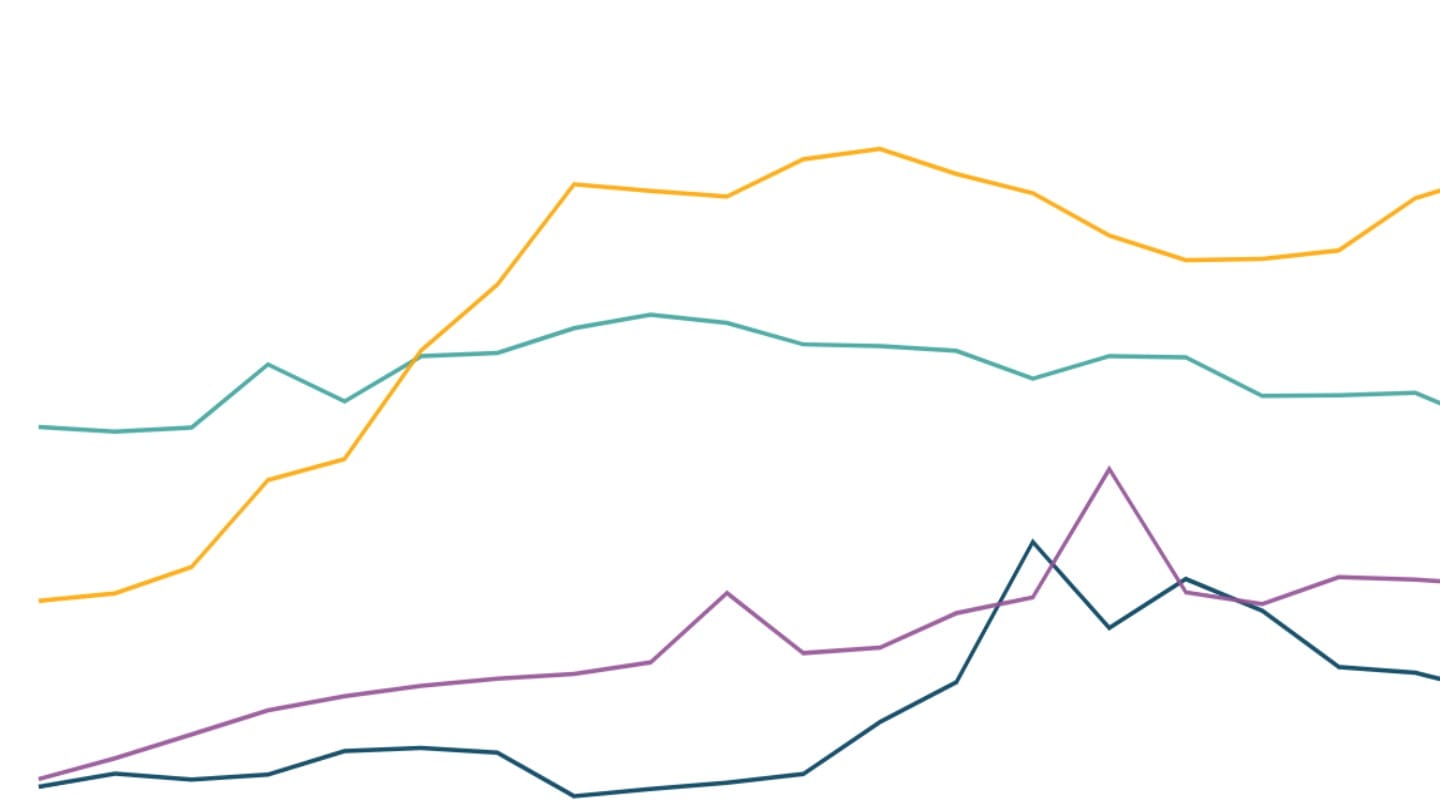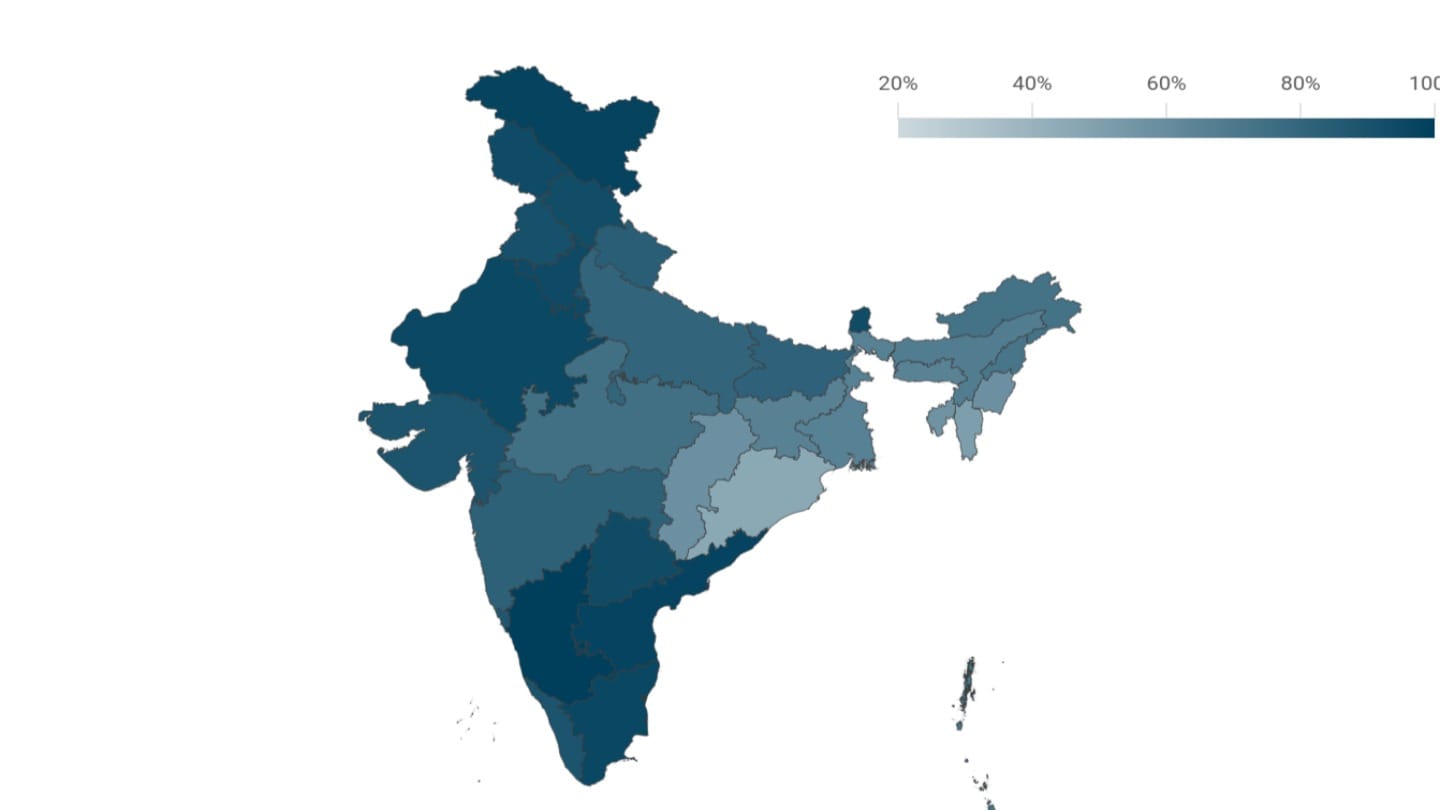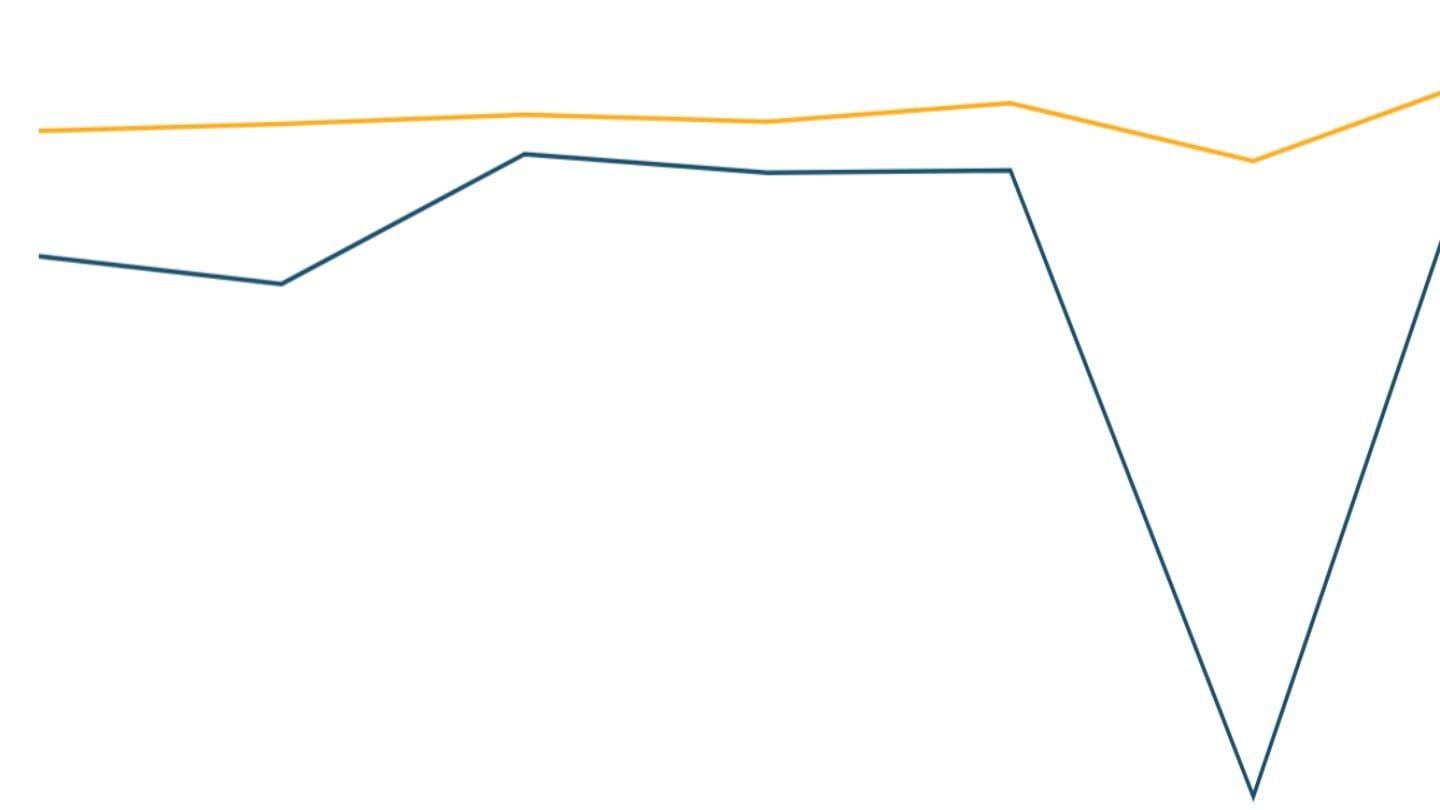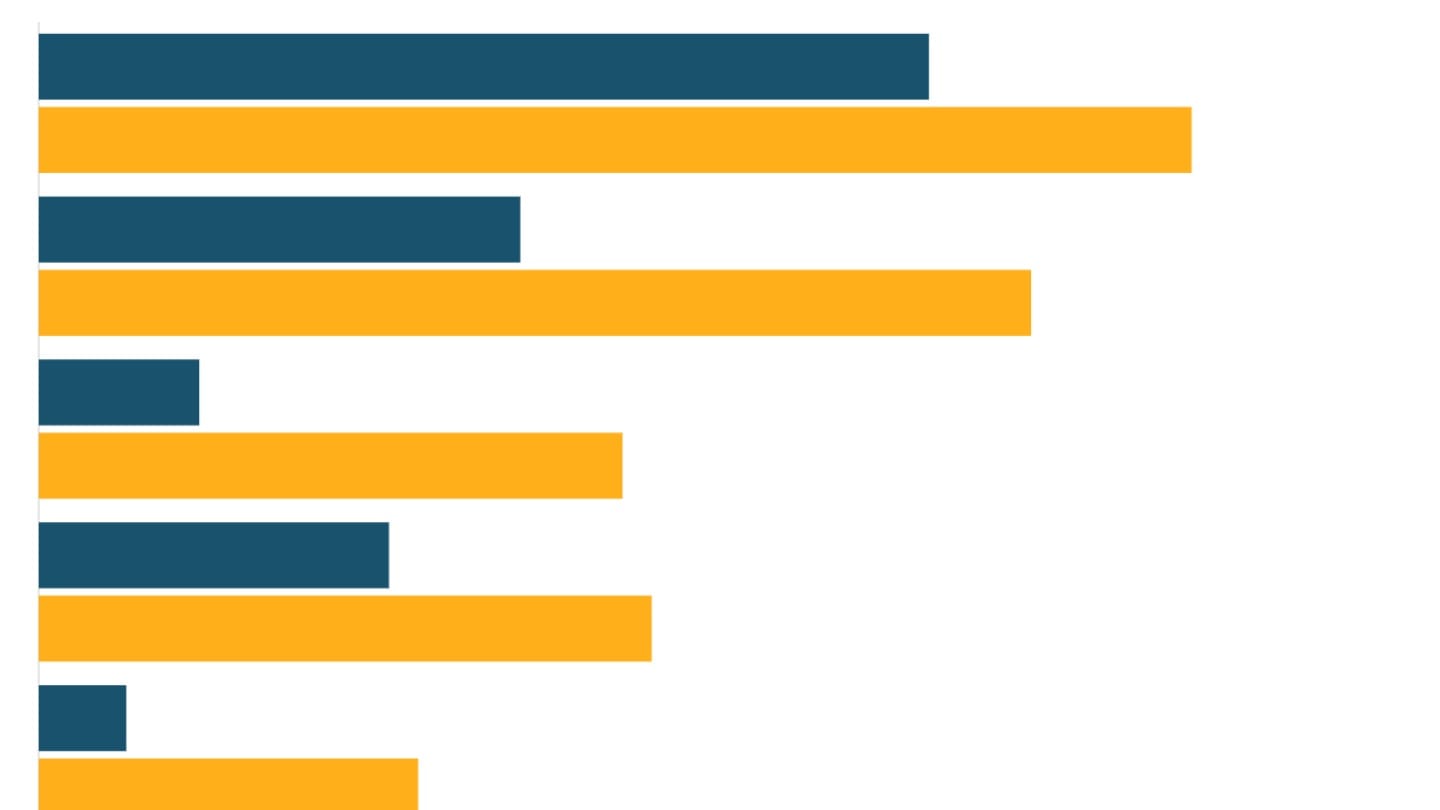Self-employment
The self-employed make up the majority of the Indian workforce. But self-employment plays out in different ways among men and women, and between rural and urban India
In Indian labour statistics, workers are classified as self-employed, salaried or casual workers. Six in ten workers in India are self-employed, making up the largest category of workers.[1] India's labour statistics define the self-employed as persons who operate their own farm or non-farm enterprise, or are engaged independently in a profession or trade on their own, or with one or a few partners in household enterprises.[2] Unlike salaried and casual workers, the self-employed do not get paid a wage, but their earnings come from the profits of the enterprise.[3]
Share in the workforce
Self-employment is more a rural phenomenon than an urban one in India. In urban India, workers are more likely to be salaried.[4]
This is closely tied to the work that the self-employed do. The rural self-employed work largely in agriculture, where they are cultivators, or livestock and dairy producers, or engaged in allied activities like crop cutting.
The urban self-employed are for the most part in services, where they run or work as salespersons in retail shops, or are wholesale traders, or work as self-employed drivers, among the key occupations.
Change over time
The share of self-employed workers in the national workforce has largely remained unchanged since the 1980s. Between men and women, however, self-employment has declined slightly among men, and has grown sharply recently among women.
The share of casual workers has reduced over time, among both women as well as men. At the same time, the share of salaried workers has increased.
Types of self-employed workers
Self-employment is categorised into three types - own-account workers who run their own enterprise without employees, employers who run the enterprise by hiring paid employees, and unpaid helpers who work in a household enterprise for no wages.
Most self-employed workers in India are own-account workers; only 6% of the self-employed hire other paid workers.
However, there is a stark difference between men and women in the way they are self-employed. Half of all self-employed women are unpaid workers, who work for household enterprises for no wages. Three out of four self-employed men, on the other hand, are own-account workers who run an enterprise by themselves. Being self-employed with hired workers is virtually absent among self-employed women.
Over time, the share of self-employed women getting paid for their work has grown, with own-account work rising for women, and unpaid helpers as a share of self-employment falling. While unpaid work was falling for men as well, the share of men working as unpaid helpers has grown slightly of late.
Education
Self-employment in India is associated with lower-skilled work. Workers with lower levels of education are much more likely to be self-employed, while those with a higher education are more likely to be in salaried work.
Labour incomes
Self-employment is significantly less remunerative than salaried work.
On average, self-employed workers make Rs 13,200 every month as earnings,[5] which is higher than the earnings of casual workers, but substantially lower than that of salaried workers. Across categories of workers, urban workers earn substantially more than rural workers.
Among the self-employed, there is considerable difference between the earnings of own-account workers and employers. (Unpaid helpers by definition earn no income, and are not considered in the median income calculation.)
While self-employed workers who hire employees are relatively rare, their earnings are double those of own-account workers, who make up the bulk of the self-employed.
Regional variations
Self-employed workers make up a relatively higher share in the workforce of the more rural and less industrialised states in central and northern India. Salaried workers, on the other hand, make up a higher share of the workforce in the more industrialised southern and western states. Nearly three out of four workers in Uttar Pradesh are self-employed as against just one in three in Tamil Nadu. On the other hand, nearly 40% of workers in Kerala are in salaried jobs, as against fewer than 10% in Bihar.
[1] Data in this piece are based on the current weekly status of activities recorded in employment/labour force surveys, meaning that the seven days preceding the survey is the reference period used to understand work and workers. This approach is widely used by Indian and global labour economists.
[2] Periodic Labour Force Survey 2023-24 documentation.
[3] The remuneration of the self-employed is the revenue from sale of output produced by self-employed persons minus the cost of purchased inputs in production.
[4] Salaried or regular wage employees are those persons working in other's farm or non-farm enterprises (both household and non-household) and getting in return salary or wages on a regular basis. This category includes persons getting time wage as well as piece wage, and paid apprentices, both full time and part-time.
[5] Labour incomes include only the money earned through work, and exclude earnings from capital such as appreciation in the value of fixed assets like land. The latter can be an important source of income for the self-employed since the value of their enterprise - the house or land - may appreciate over time (Documentation on labour statistics, International Labour Organization).
Incomes of the self-employed are recorded by subtracting expenses from the value of output for the last 30 days of activity. For salaried workers, income of the last calendar month is recorded. For all of these, data from the first visit of the PLFS round was used.




